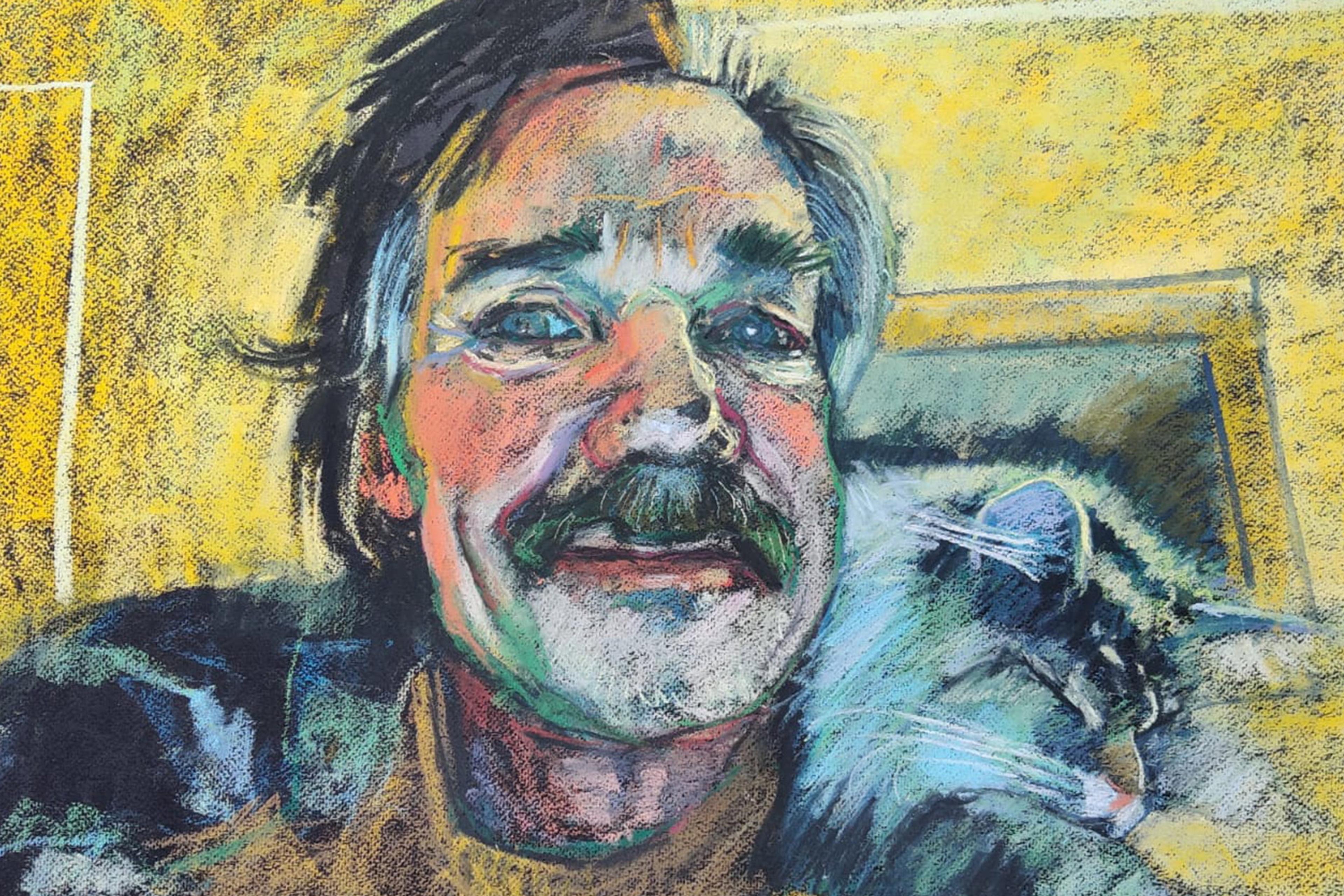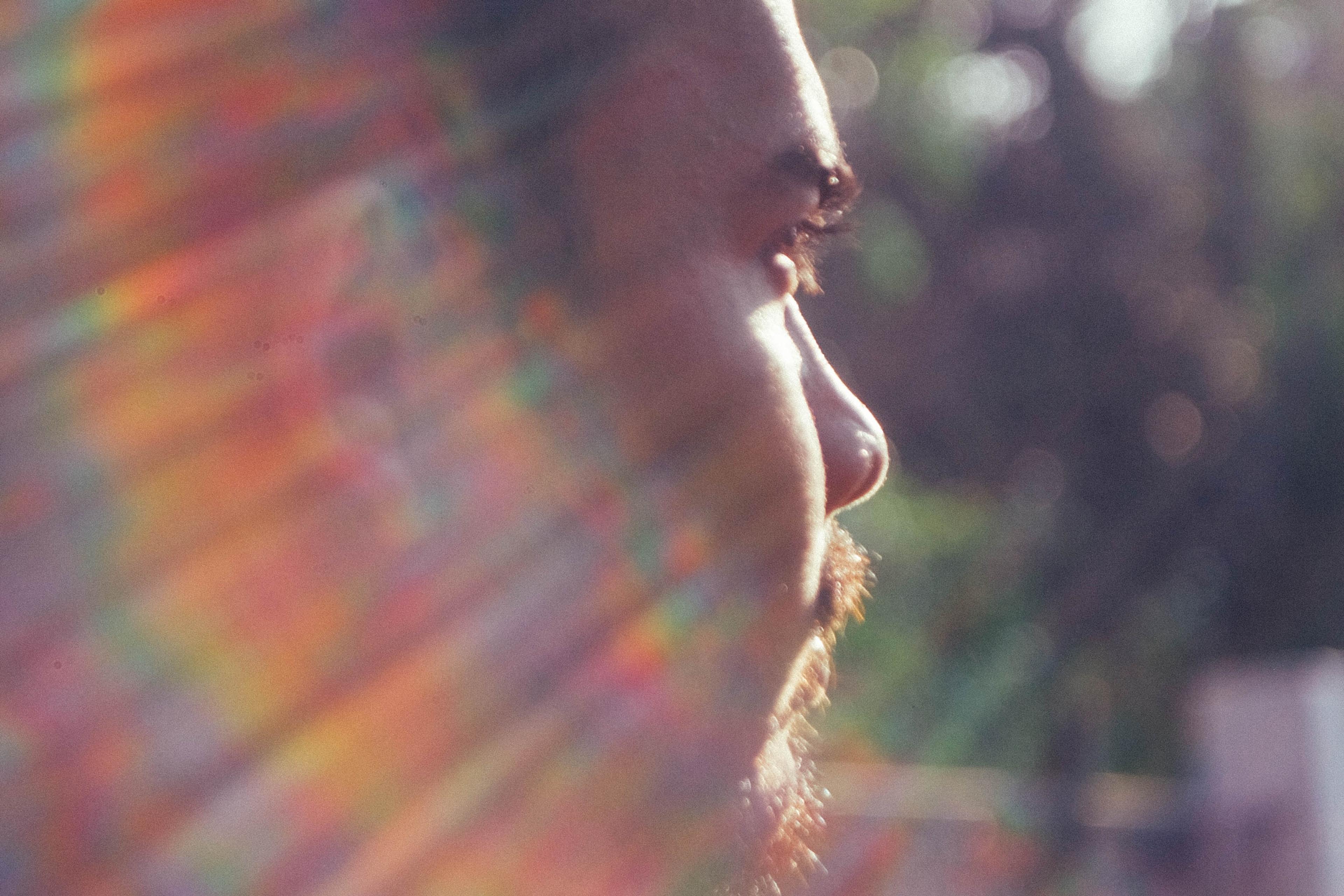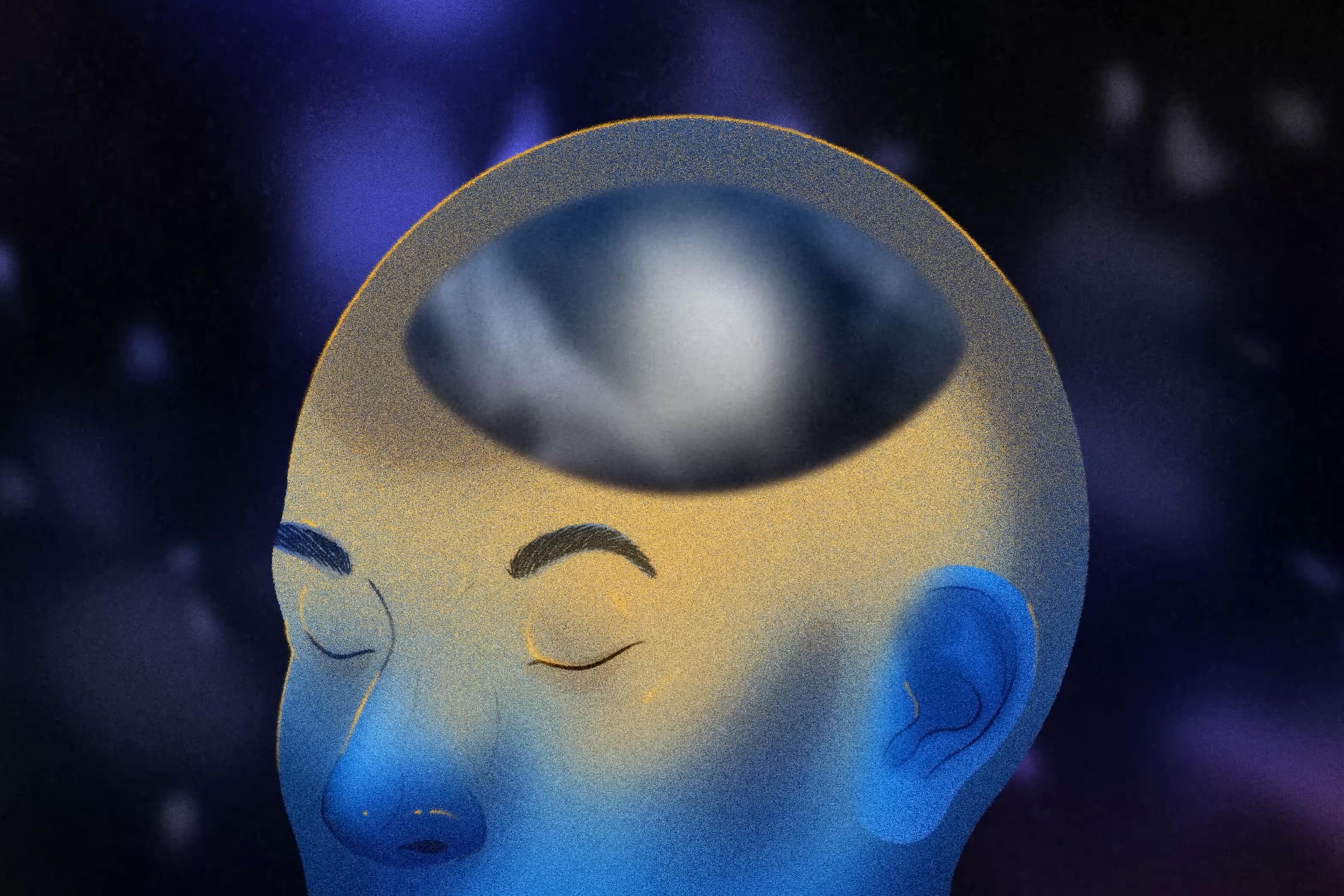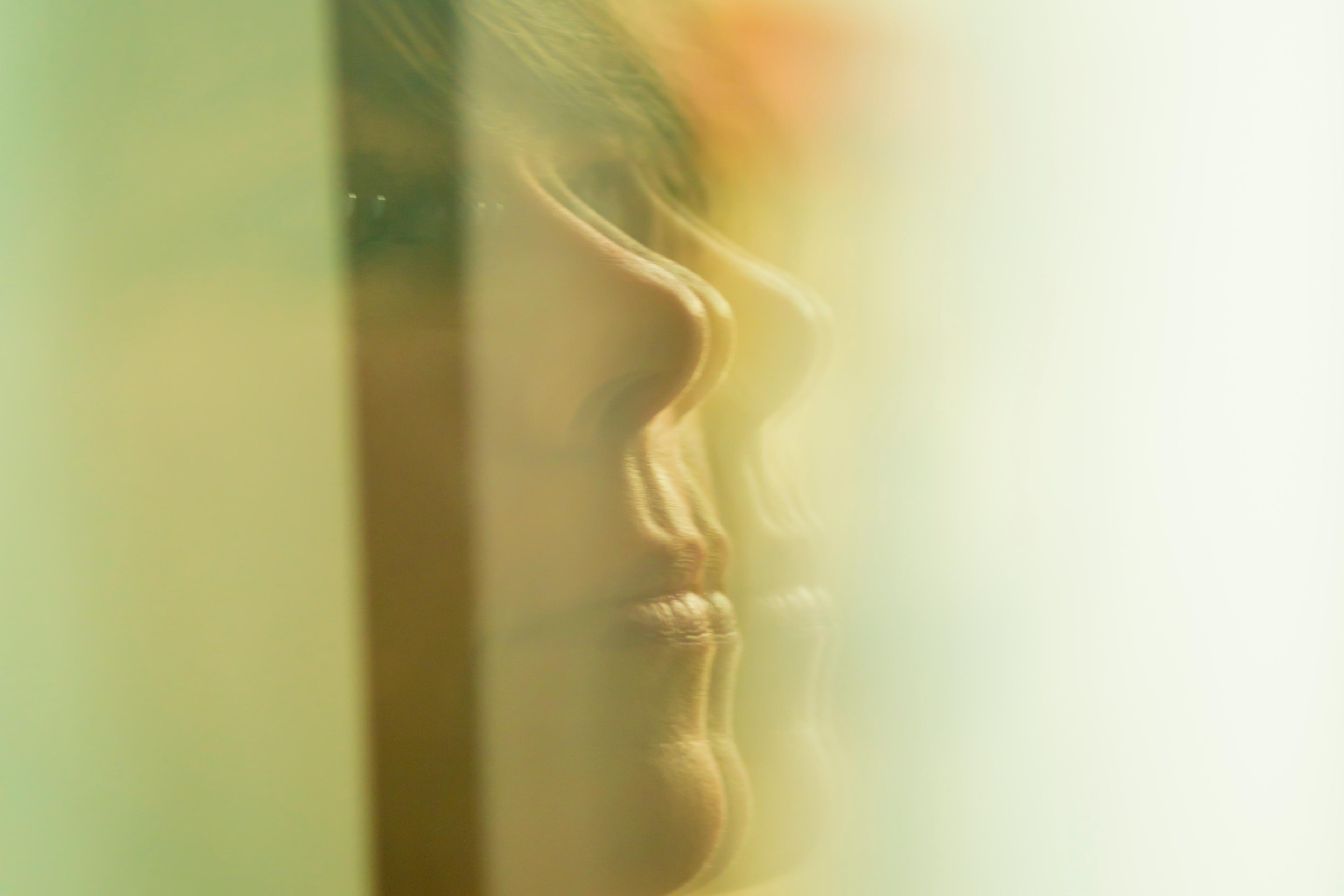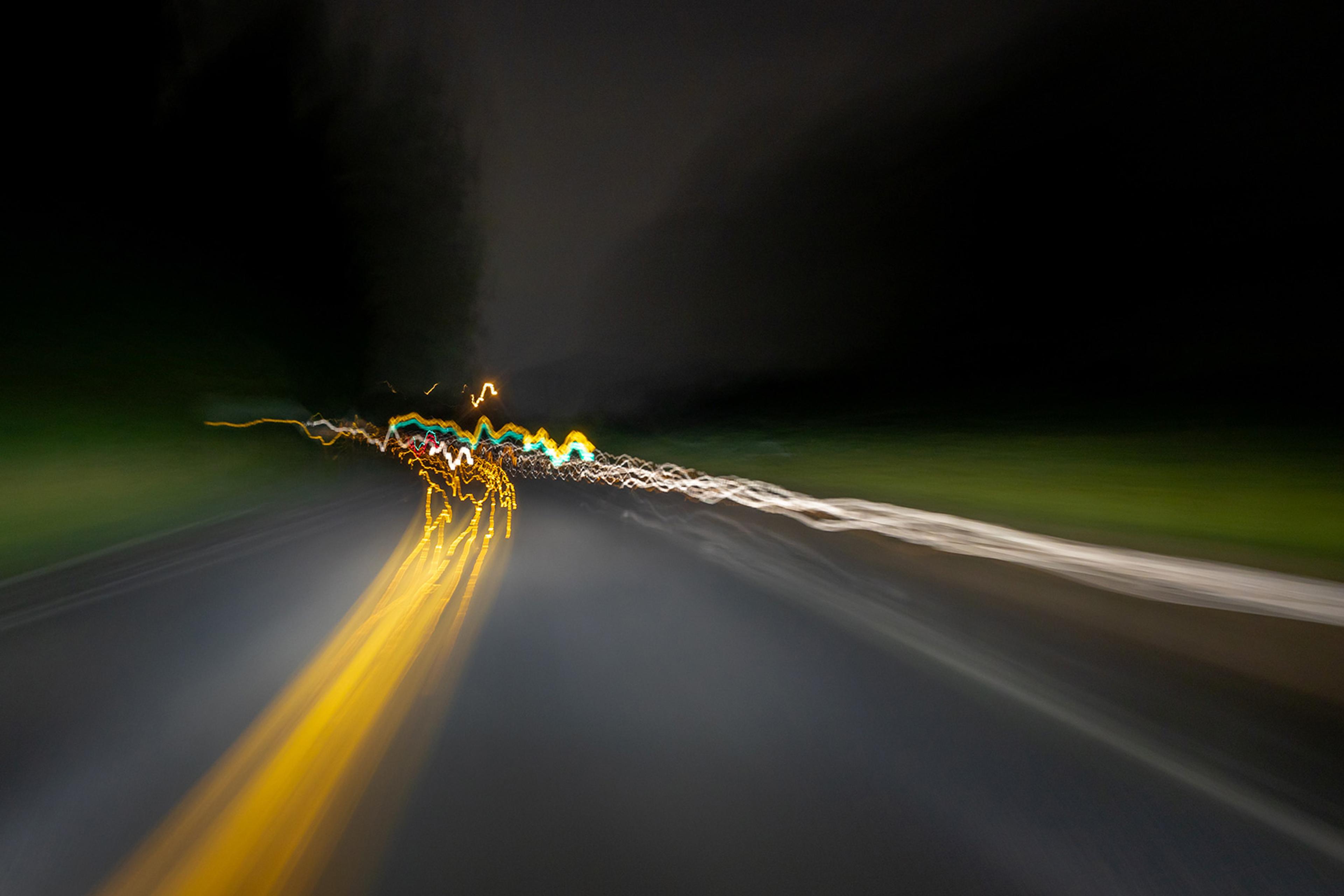When I think back to the night the assault happened, all I find is emptiness. I can recall, more or less, the general outline of how the evening went. Drinking caipirinhas in the teeming streets of Rio. Lurching from bar to crowded bar while the music throbbed in the thick and humid night. My drunken confusion as he bundled me into the taxi and took me back to the hostel. The crushing weight, the sense of paralysis, the feeling of his hands all over my body. But even as I type these words, the plot seems vague and distant. While most people would recall these memories as fully sensory experiences relayed in vivid and re-traumatising technicolour, I feel like I’m describing events that happened to someone else.
In the aftermath, I didn’t feel this sense of detachment. I felt the weight of shame. The disbelief. The feeling that my life had been shattered and would never be the same again. And yet, to my surprise, these feelings slowly ebbed away. In time, the awful experience sank into the deep well of memory. But there was never a sense of resolution, of integrating the events into the ever-unfurling story of my self. Just a feeling of emptiness, of blankness, and a background buzz of guilt because I didn’t suffer from the debilitating PTSD that affects so many who have endured similar experiences. I’ve always been left with a nagging feeling that there was some missing link inside me. Some fundamental faculty that should make me connect more emotionally with the memory of that night. But, over the past few years, an unexpected avenue of scientific research showed me a new way of understanding my brain and how it might process trauma.
The fact that some people do not have the capacity to form mental imagery was first described in the scientific literature back in the 1880s, but the phenomenon was largely ignored by researchers during the century that followed. It seems to be a common assumption that the contents of our private mental worlds are the same as those of the people we see around us, rendered from the same pallet of sounds and colours and sensations. For a long time, the fields of psychology and neuroscience made similar assumptions, presuming that, barring some significant malfunction, our inner experience is much the same from one person to the next. But in the early 2000s, researchers returned to the subject of mental imagery and began to challenge the idea that everyone’s imagination worked in the same way. It became clear that a significant percentage of the population have little or no mental imagery lighting up their internal worlds, and the phenomenon was described in a seminal 2015 study by the neurologist Adam Zeman who coined the term ‘aphantasia’ by which we know it today.
I realised I had aphantasia when the first flurry of articles emerged around the new discovery, most of which invited the reader to close their eyes and imagine an apple or some other generic object. The article would invariably ask the reader if they can actually ‘see’ the object in their mind’s eye. Well, of course I couldn’t see it; I caught a fleeting image – an apple-shaped ghost that quickly melted away into the scratchy darkness of the inside of my own eyelids. But I was surprised to learn that the vast majority of people would actually see an apple or a horse or a purple cow, visually rendered in their internal imaginative space. Shortly afterwards, I filled in an online mental imagery questionnaire that confirmed I was indeed a member of the approximately 4 per cent of the population whose imagination works in a fundamentally different way to the people around us.
At first, I saw this as just an interesting trinket in the curiosity shop of human consciousness. But to the world of neuroscience, the discovery opened the doors to a whole new avenue of enquiry. In the years after Zeman’s paper, a slew of research began to explore the many ways in which the minds of individuals with aphantasia differed from the rest of the population.
Aphantasics had a memory deficit in not just the factual detail of events but also in their vividness and emotional resonance
‘Whether you think in pictures or not changes the way you do many tasks,’ explains the neuroscientist Joel Pearson, founder of the Future Minds Lab at the University of New South Wales in Sydney, who’s been studying aphantasia for years. When we meet to discuss his research, he’s keen to stress that aphantasia isn’t a condition to be diagnosed, but a natural variant in neurobiological function, another point on the multidimensional spectrum of human experience. And yet, in a field that often relies on studying damaged brains to shed light on the functioning of consciousness, this newly discovered phenomenon provides a convenient (and humane) population in which to study the varieties of human experience.
In a 2022 study, Pearson and his team explored the episodic memory of people with aphantasia, finding that there was a significant deficit in not just the factual detail of events but also in their vividness and emotional resonance. In a further study, Pearson’s team measured the skin conductance response, a standard proxy for fear in the lab, of a group of aphantasics while they read a scary story. In the control group with fully functioning mental imagery, the skin response, and therefore their levels of fear, increased in a linear pattern as the tension in the story increased. The graph for those with aphantasia remained remarkably flat. Given these findings, the next logical step was to explore aphantasia in relation to the condition post-traumatic stress disorder, or PTSD.
Estelle McDougall is a clinical psychologist who specialises in maternal mental health, an area that sees high levels of psychological trauma. Her patients have suffered previous traumatic births, infant loss, sexual trauma or domestic violence. ‘There’s lots of anxiety,’ she tells me when I ask about the main symptoms she regularly encounters. ‘There might be flashbacks, they might be reliving experiences, there might be physiological arousal.’ These symptoms carry significant fallout to her patients’ daily lives, impacting their ability to socialise with friends and loved ones, often causing them to struggle at work. And the effect of the intrusive mental imagery that is often associated with what we call flashbacks is particularly distressing. ‘As soon as someone is experiencing a flashback, it’s taking them back to reliving the traumatic incident.’ This launches their fight-or-flight response, triggering a cascade of stress hormones to flood into their blood stream, raising their heart rate and instigating hypervigilance, having a huge impact on their physical and emotional wellbeing.
This fluke of neurobiology turns out to be a superpower
While PTSD can affect any element of a patient’s psychological and emotional wellbeing, intrusive visual imagery has often been referred to as a cardinal symptom. So, Pearson and his colleagues, Rebecca Keogh and Marcus Wicken, wanted to explore the susceptibility of people with aphantasia to PTSD. Their study, which is currently out as a preprint, showed a film featuring a traumatic incident to a group of aphantasics. The individuals were asked to fill in questionnaires directly afterwards and over the following week, describing how often they had intrusive thoughts about the film. The results, when compared with a control group with full mental imagery, were pronounced. ‘In pretty much everything we measured, we saw that those with aphantasia had significantly fewer intrusive thoughts about the film,’ Pearson tells me. And there’s certainly a logic to it. Visual imagery has been described as an emotional amplifier in the brain, with studies linking dysfunctional mental imagery to both depression and bipolar disorder. ‘When it comes to linking emotion with thoughts, there are clear differences with or without the image there,’ Pearson says. ‘And it does seem that being able to turn a thought into a sensory simulation provides a stronger emotional response.’
The picture that emerges from the study is that of aphantasia providing a sort of insulation from one of the most debilitating symptoms of PTSD. If your brain produces little or no mental imagery, then you are shielded from the involuntary, intrusive visual memories that drag patients back into the past, forcing them to relive the horrific incident in vivid, re-traumatising detail. And, while aphantasia is often described in terms of deficits, this fluke of neurobiology turns out to be a superpower, one that Pearson suggests might benefit those working in certain high-stress professions: ‘For first responders, the police, the military, having aphantasia could be really advantageous.’
But Pearson is keen to emphasise that intrusive visual imagery is not the only symptom of PTSD. It is still possible for people with aphantasia to suffer from trauma, a fact that is echoed in McDougall’s patients. ‘There are many impacts of trauma that are less obvious and that the patient themself might not even realise,’ she tells me. ‘They might be feeling completely overwhelmed, feeling anxious all the time, and they might not be aware that these things are being triggered by their trauma because it’s not something as obvious as a flashback.’ This might lead some individuals to be misdiagnosed, and for support to focus on disparate symptoms without addressing the root cause.
PTSD is a complex and multifaceted phenomenon, and the fact that I have aphantasia might not be the only reason I didn’t go on to suffer from this debilitating condition. But the new findings do indicate that the lack of mental imagery might have played a significant role in how my brain processed an assault, insulating me from the intrusive visual flashbacks that are a hallmark of PTSD. This exploration has helped me to develop a deeper understanding of how my brain works, and to get a better idea of what it must be like for someone who does suffer from visual flashbacks. It’s easy to understand that we may never know what it’s truly like to be a bat, or a cat, but we are increasingly coming to realise that it is impossible to know what it is like to be the person sitting across from us, as well.

